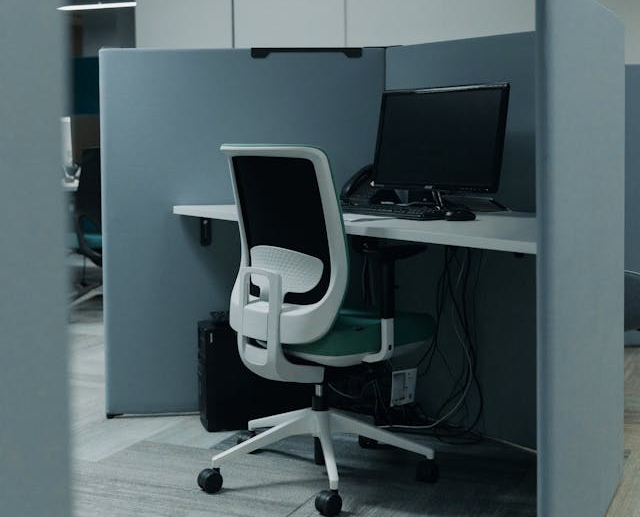How To Test For Mold In Workplace
Mold in the workplace can pose serious health risks to employees, leading to respiratory issues, allergic reactions, and even structural damage to the building. The longer mold is ignored, the more it spreads, worsening health issues and creating an uncomfortable and unsafe working environment. This constant worry can also affect employee morale and productivity.
If you believe there is mold in your workplace, it's crucial to take immediate and appropriate action to address the issue. Here are the steps you should follow:
- Inform Your Supervisor: Notify your supervisor or the person responsible for workplace safety immediately. They need to be aware of the potential health risk and can take steps to address the problem.
- Assess the Situation: Try to identify the source of the mold. Common areas include damp or water-damaged areas such as basements, bathrooms, and around leaks in roofs, windows, or pipes.
- Avoid Disturbing the Mold: Do not attempt to clean or disturb the mold yourself, as this can release mold spores into the air and worsen the situation.
- Request a Professional Inspection: It’s important to have a professional mold inspection performed. Experts can accurately assess the extent of the mold problem and identify the type of mold present.
- Ensure Proper Remediation: If mold is confirmed, a professional remediation process should be carried out. This typically involves containing the affected area, removing contaminated materials, and cleaning and treating the area to prevent future mold growth.
- Follow Up on Remediation: After remediation, ensure that the workplace is tested again to confirm that the mold has been successfully removed and that the environment is safe.
- Prevent Future Mold Growth: Work with your employer to implement measures to prevent future mold growth. This can include fixing leaks promptly, controlling humidity levels, and ensuring proper ventilation.
It's important to take mold seriously, as prolonged exposure can lead to various health issues, including respiratory problems, allergies, and other health complications. If you or any of your colleagues are experiencing health symptoms, it’s also advisable to consult a healthcare professional.
What are the signs of mold in the workplace?
Common signs of mold include a musty odor, visible mold growth on surfaces, water stains or discoloration on walls or ceilings, and experiencing unexplained health symptoms such as coughing, sneezing, or skin irritation.
How can mold be prevented in the workplace?
To prevent mold, control moisture levels by fixing leaks promptly, ensuring proper ventilation, using dehumidifiers in damp areas, and keeping the workplace clean and dry. Regular inspections and maintenance can also help identify and address potential mold problems early.
What should I do if I suspect mold in my workplace?
Inform your supervisor or the responsible authority immediately. Avoid disturbing the mold, and request a professional inspection to accurately assess and address the problem.
Can I clean up mold myself?
It is not advisable to clean up mold yourself, especially in larger areas or if you have health concerns. Professional remediation ensures that mold is safely and effectively removed and prevents further contamination.
How long does mold remediation take?
The duration of mold remediation depends on the extent of the contamination. It can range from a few days to several weeks. A professional inspection will provide a more accurate timeline based on the specific situation.